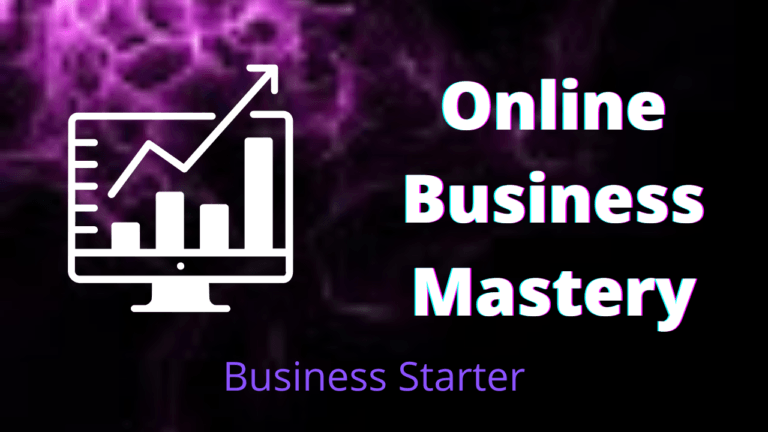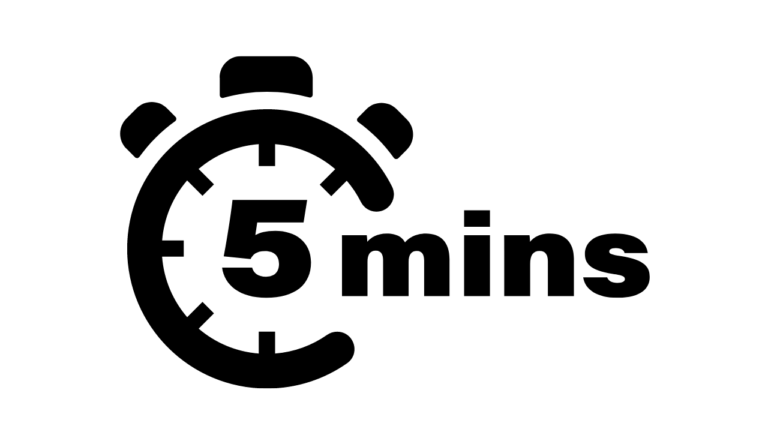What Should I Put on My Website?
You’ve set up the website now the big question is what should you put on the website?
It can be confusing and overwhelming thinking about what should you say on the website and how often should you post.
In this blog, we look at different types of content that will grow organic traffic and sales.
Different Types of Posts for a Website
Most people have one style of writing – they write as they speak. That is generally, the best way to write as it comes across more natural rather than forcing a different style of writing.
However, there are different types of writing that form part of a website.
Here we look at the different types of writing and their use.
Blog
A blog is the most common type of writing on a website. Generally, they are informative.
Informative blogs, like this one, provide information for the reader. The blogs are usually longer-style posts going into detail about the topic.
It is not a sales page and normally only has links connecting to other blogs on the website, so the reader can get more information about the topic if desired.
Search engines like informative blogs as they want the site visitor to get value when visiting the site. For this reason, they place a huge emphasis on visitor experience for rankings.
Transformative blogs provide the visitor with information. A transformative blog aims to move the visitor towards a sale. There are links to a sales pitch or a direct link to buy the product.
Companies such as Google, know you want to make money from their website and are happy with transformative blogs providing the ratio of informative and transformative blogs weighs heavier on the informative blog.
Sales Page
A sales page serves several purposes.
Empathy with the reader who can identify that they have the same problem.
It solves a problem for the reader and is backed up with testimonials as proof the product or service being sold works.
Has a guarantee so the reader has no reason not to try
Has a buy-now offer and payment option.

Data-Driven Post
A data-driven post contains unique data that you have researched.
It is seen as the authority on a topic and can be quoted by other websites. It is a great way to generate backlinks to your website.
Organic backlinks (non-paid) are highly valued by search engines and improve search engine rankings.
Data-driven posts don’t need to be lots of numbers but provide information that is unique and valued.
For example, an Australian website produces information daily on the best surfing locations. Thousands of people link to the site to update their visitors with the information.
The backlinks generated from sharing this information rank the website very highly with valuable content that drives traffic to the site.
The Legal Stuff
There are certain legal pages required on a website.
- Cookie Policy
- Privacy Policy and Data Storage
- Affiliate Marketing Disclaimer
- Terms and Conditions of Use
- Refund Policy
- Testimonial Disclaimer
- CPRA
- GDPR
These are just some of the legal requirements for a website.
There may be other requirements specific to the topic or industry covered on your website that have legal requirements to be included in the website.
The more you know your industry the more you will be able to ensure your website’s compliance.
How Often Should You Post the Website?
Websites are valued by the amount of content and information.
Typically, a website doesn’t start earning until it has been active for 6 – 8 months by which stage, the aim is to have about 100 posts.
When any new website is set up I typically do a 30-day challenge to create 30 posts. It gives the website a boost and encourages search engines to stop and look at the site.
Thereafter I target 2 blogs per week to show the website is continuing to add value.
Finally, once the magic 100 posts are achieved, I write one post per week. This is to encourage recurring customers to keep coming back. It also lets the search engines know that content is still being updated regularly.
Finally, once there are 200 posts, I drop the number of new posts back to one a month.
The numbers indicated are an indication only as your niche may require more frequent updates.
Posting to a website is subjective and comes down to how many visitors and what information they want.
What Should You Put on Your Website
The website is a combination of providing information to a customer and sales-building content on the site depending on which niche the business operates and how much you want to make in sales.
Search engines are looking for good quality information to improve the visitor’s experience. Keeping the website regularly updated with reliable information will make it easier to get higher rankings for the website which increases sales.
A website is a business and no business remains static or it goes backward. There should be continuous information added to the website to keep it relevant to the marketplace.







